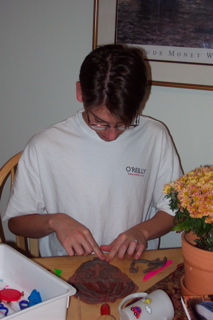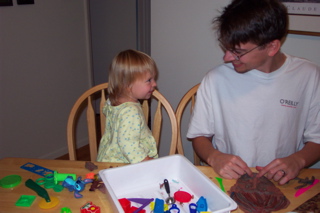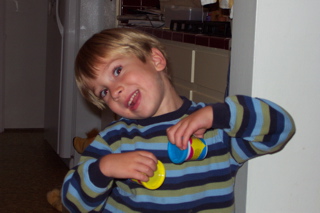Serious Play-Dough: Lessons Learned

If something doesn’t work, don’t keep trying it. Try something else.
As always, “feedback rather than failure”.
Use wide-range movements (wider than you might think at first). You need to overstep the bounds before you can know where the bounds are. Exaggeration is better than understatement; too much movement is better than too little movement.
Persist. Be willing to “start over”. You’ve had a lot of feedback, so it’s not really that you’re starting over. You’re making progress, trying new things, moving beyond things that don’t work. You’re adding to your repertoire of tricks. Be open to learning. You are changing and growing.

Related insights from Gadamer:
In the last analysis, is it not an illusion to think that we can separate play from seriousness and only admit it to segregated areas peripheral to real life, like our leisure time which comes to resemble a relic of lost freedom? Play and seriousness, the exuberance and superabundance of life, on the one hand, and the tense power of vital energy on the other, are profoundly interwoven. They interact with one another, and those who have looked deeply into human nature have recognized that our capacity for play is an expression of the highest seriousness. For we read in Nietzsche, “Mature manhood: that means to have found again the seriousness one had as a child–in play.” Nietzsche also knew the reverse of this as well, and celebrated the creative power of life–and of art–in the divine ease of play.

Mom said,
October 24, 2004 @ 5:23 pm
Philosopher in the making!
Marian Samac said,
November 2, 2004 @ 9:44 am
I can’t wait to actually have enough time to read all this! You are awesome, Evan.